Primary Sources Programs for Secondary Classrooms
Give students the tools to question, analyze, and argue with evidence. Our Primary Sources Programs turn historical texts, visuals, and dilemmas into ready‑to‑teach experiences that build critical thinking, collaboration, and clear writing.
Why Teachers Love These Programs
Teachers choose these programs because they deliver inquiry that sticks. Students wrestle with big ideas, competing narratives, and real choices. The materials also emphasize evidence every day, asking students to cite sources, compare accounts, and defend their claims.
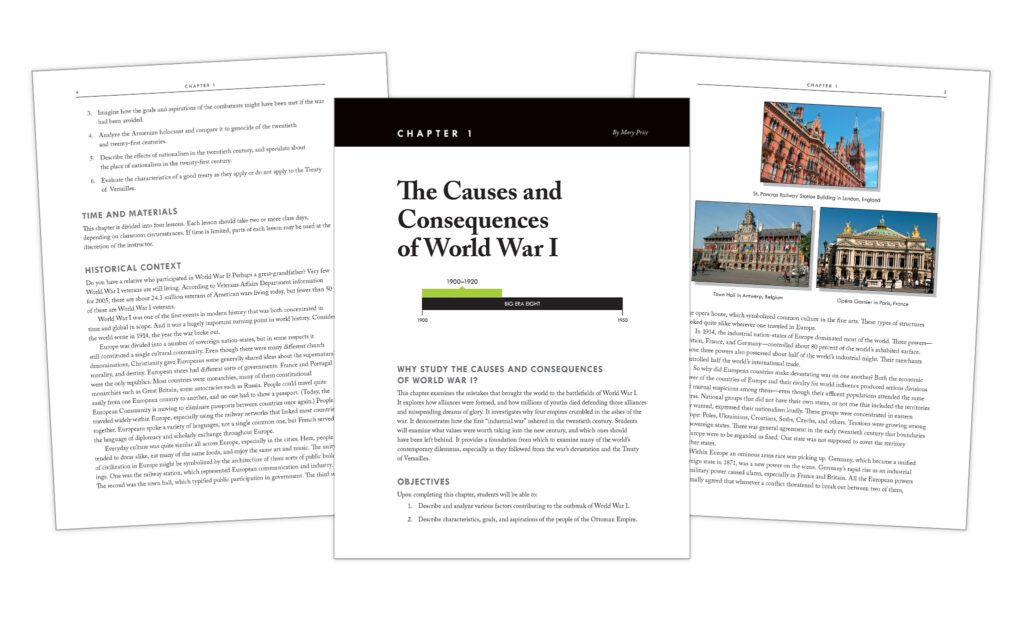

Skills That Stick
Students build essential skills in every lesson. They learn to closely read and source texts, visuals, and data; strengthen their argument writing with clear claims, evidence, and reasoning; and develop strong collaboration and discussion habits through accountable talk moves. Along the way, they gain problem-solving strategies they can apply across subjects and real-world situations.
A Seamless Classroom Fit
These materials fit seamlessly into your instructional plans. Lessons are designed to plug in quickly, whether you need a single class period or a multi-day arc. They support standards-based instruction and schoolwide literacy goals, and they’re easy to adapt for individual, small-group, or whole-class teaching—whether you’re in person or working in a blended model.

Primary Sources Suite
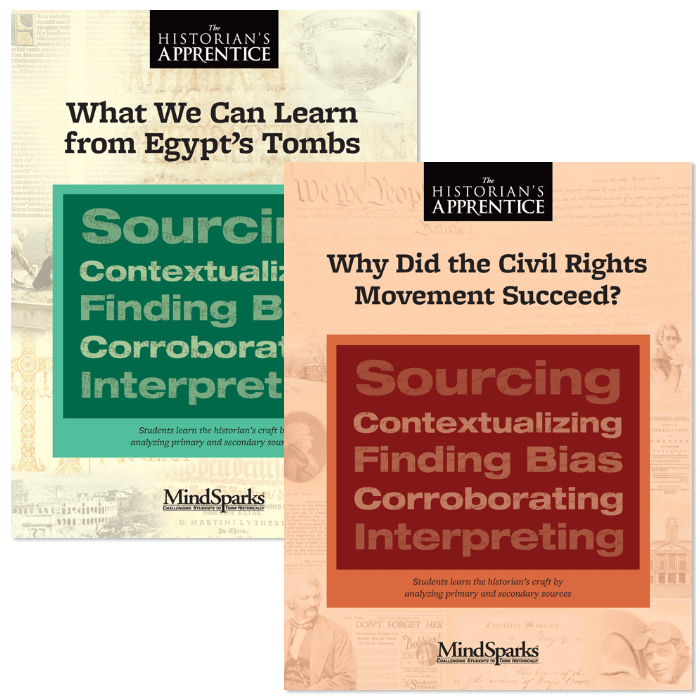
Historian’s Apprentice
Step into the historian’s workshop. Students learn how to “do history” by working with primary sources, investigating evidence, and testing claims. Each volume centers on major topics such as Reconstruction, Civil Rights, or the Constitution, with case studies that develop historical thinking skills. Teacher materials include reproducible handouts, structured lessons, and assessment tools that guide inquiry step-by-step.
Great for document-based practice, critical thinking routines, and building evidence-based arguments.
History vs. History
Put historiography in students’ hands. After a brief introduction to how history is written, students read textbook excerpts from different eras or nations, compare them, and support answers with specific textual evidence.
Great for historical thinking skills, sourcing and corroboration.
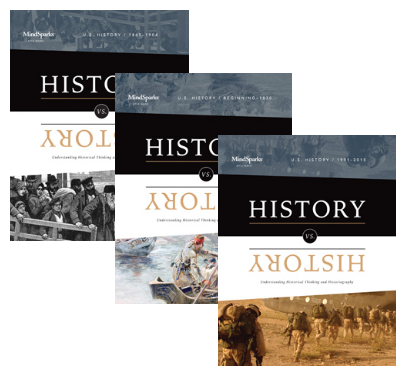
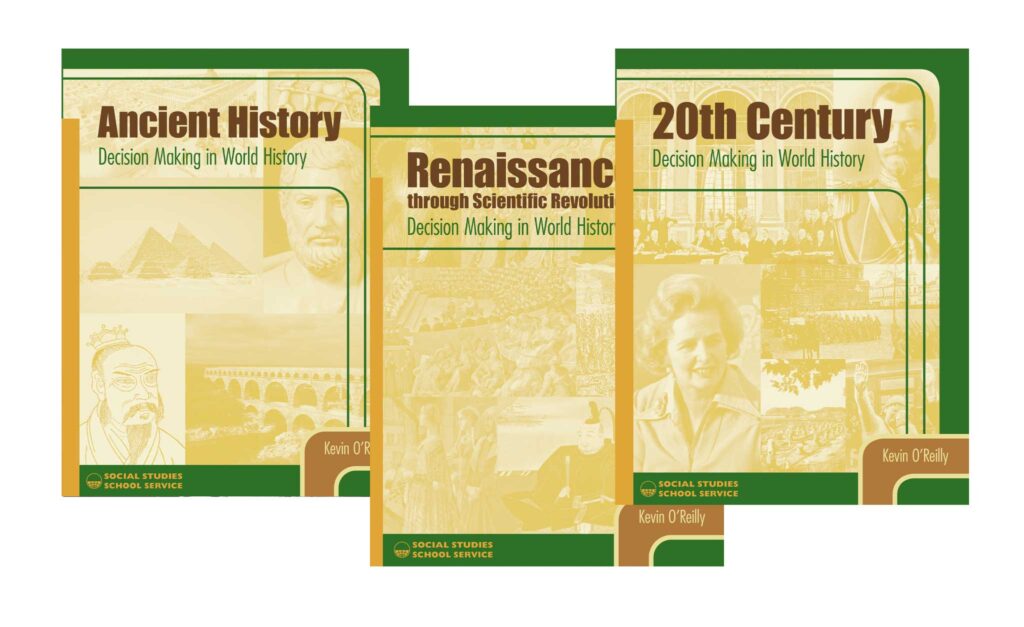
Decision Making in World History
Step into the room where choices were made. Students assume the role of historical leaders, analyze real‑world dilemmas, and debate options using primary sources and key perspectives. A simple four‑step routine powers every lesson—choose a scenario, analyze and decide, debate and reflect, apply skills—with examples such as the Cuban Missile Crisis and the Fall of Rome. Includes a teacher’s guide with reproducible handouts, ready‑to‑use lesson plans, and digital tools.
Great for discussion‑rich days, performance tasks, and civic decision‑making practice.
History’s Mysteries
Unravel history’s biggest puzzles. Each lesson challenges students to investigate a real mystery—such as the Salem witch trials, the fall of the Roman Empire, or the fate of the Lost Colony—through primary sources, maps, and artifacts. Structured inquiry routines guide students to question evidence, weigh competing explanations, and build their own case. Teacher support includes lesson plans, handouts, and assessment tools for easy classroom use.
Great for inquiry, source analysis, and engaging debates on historical controversies.
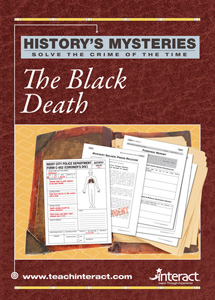
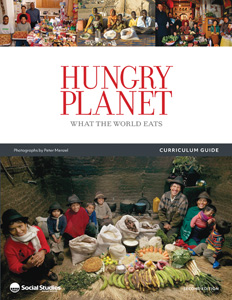
Peter Menzel
See the world through the lens of photojournalism. Peter Menzel’s groundbreaking projects—Material World, Hungry Planet, and What I Eat—invite students to explore culture, economics, and daily life across the globe. Through vivid portraits of families with their possessions, food, or diets, learners analyze visual evidence, compare global patterns, and reflect on questions of equity, health, and identity. Teacher resources include posters, guides, and activities that support analysis, discussion, and writing.
Great for global studies, cross-cultural comparisons, and engaging lessons on food, culture, and sustainability.
Get a Free Trial
Please fill out the form and your curriculum specialist will be in touch shortly.
